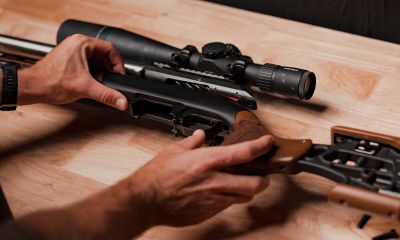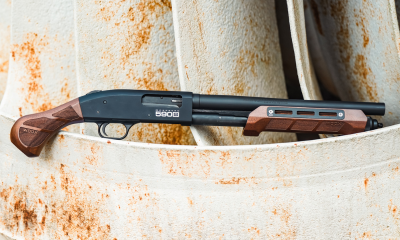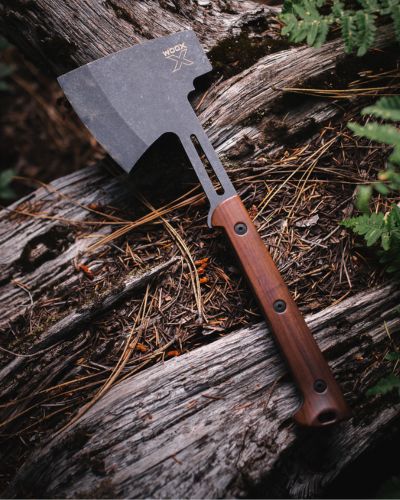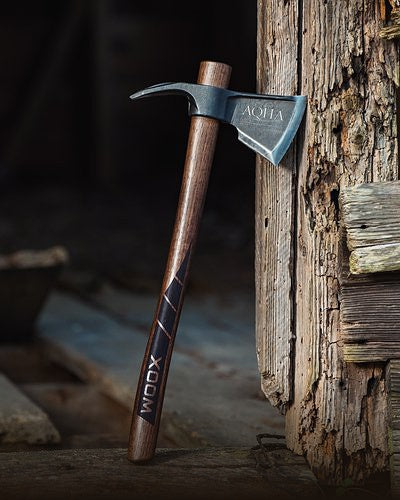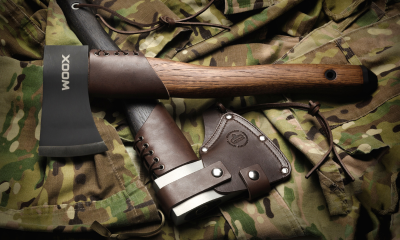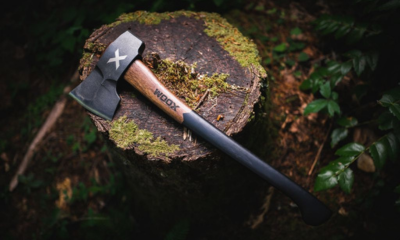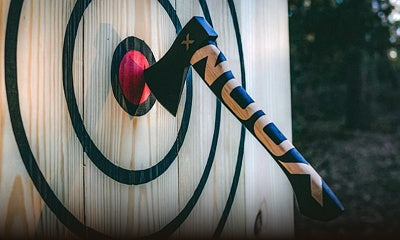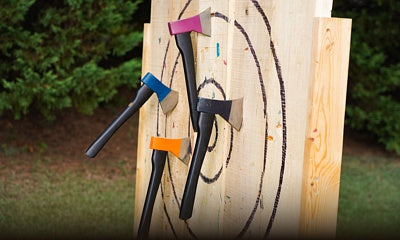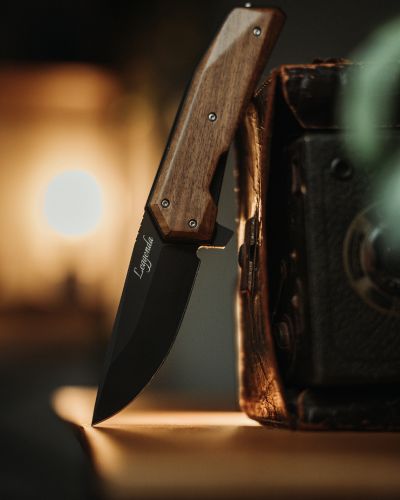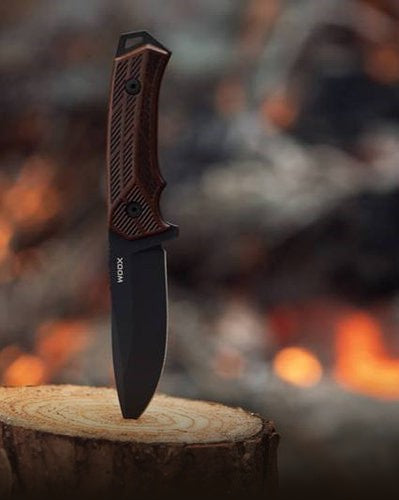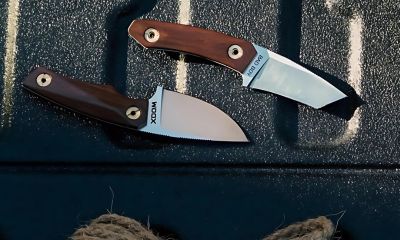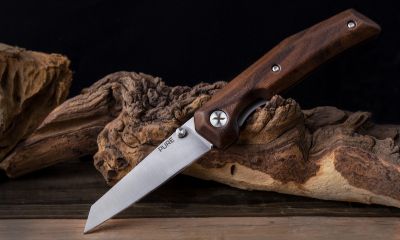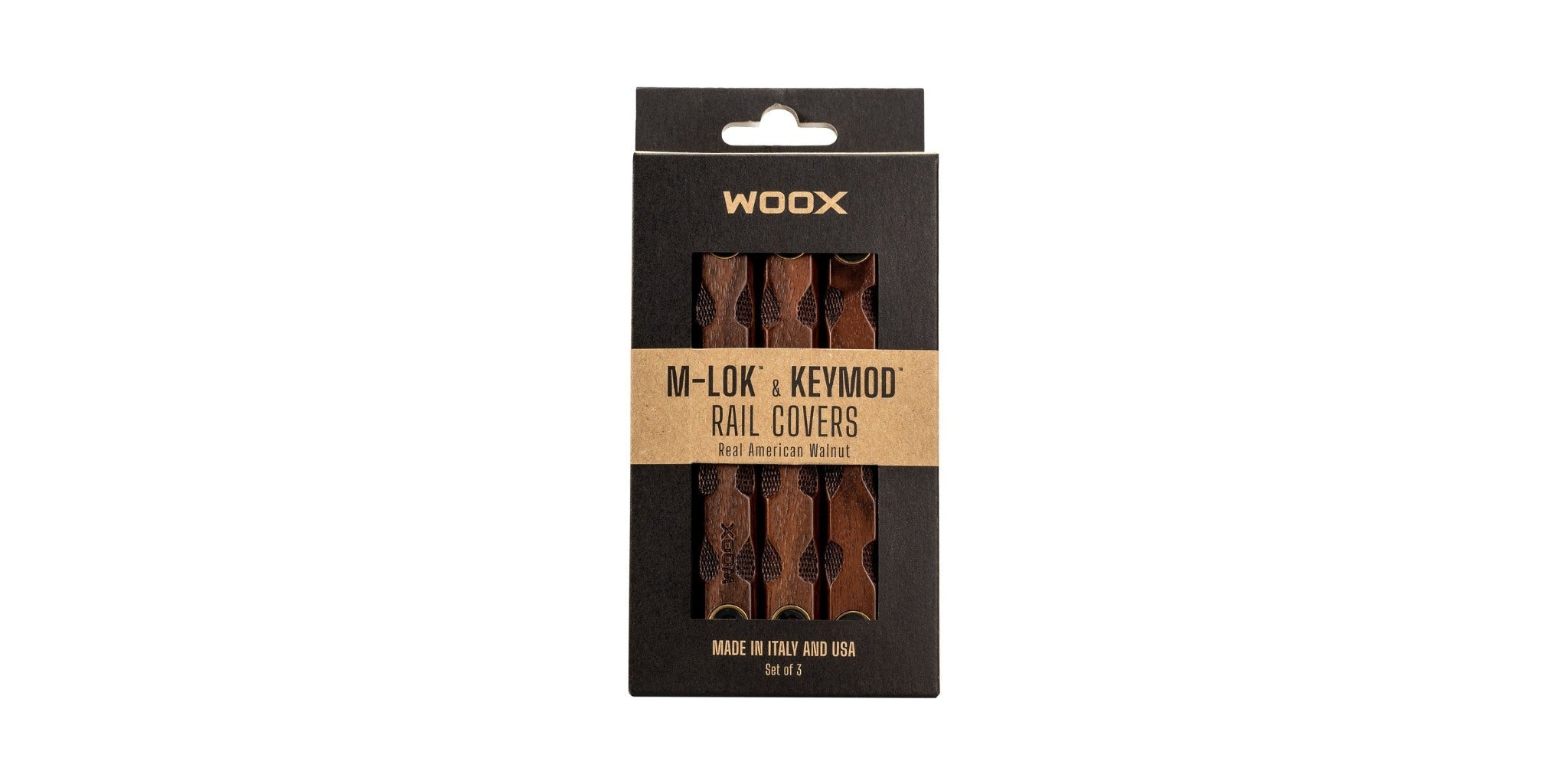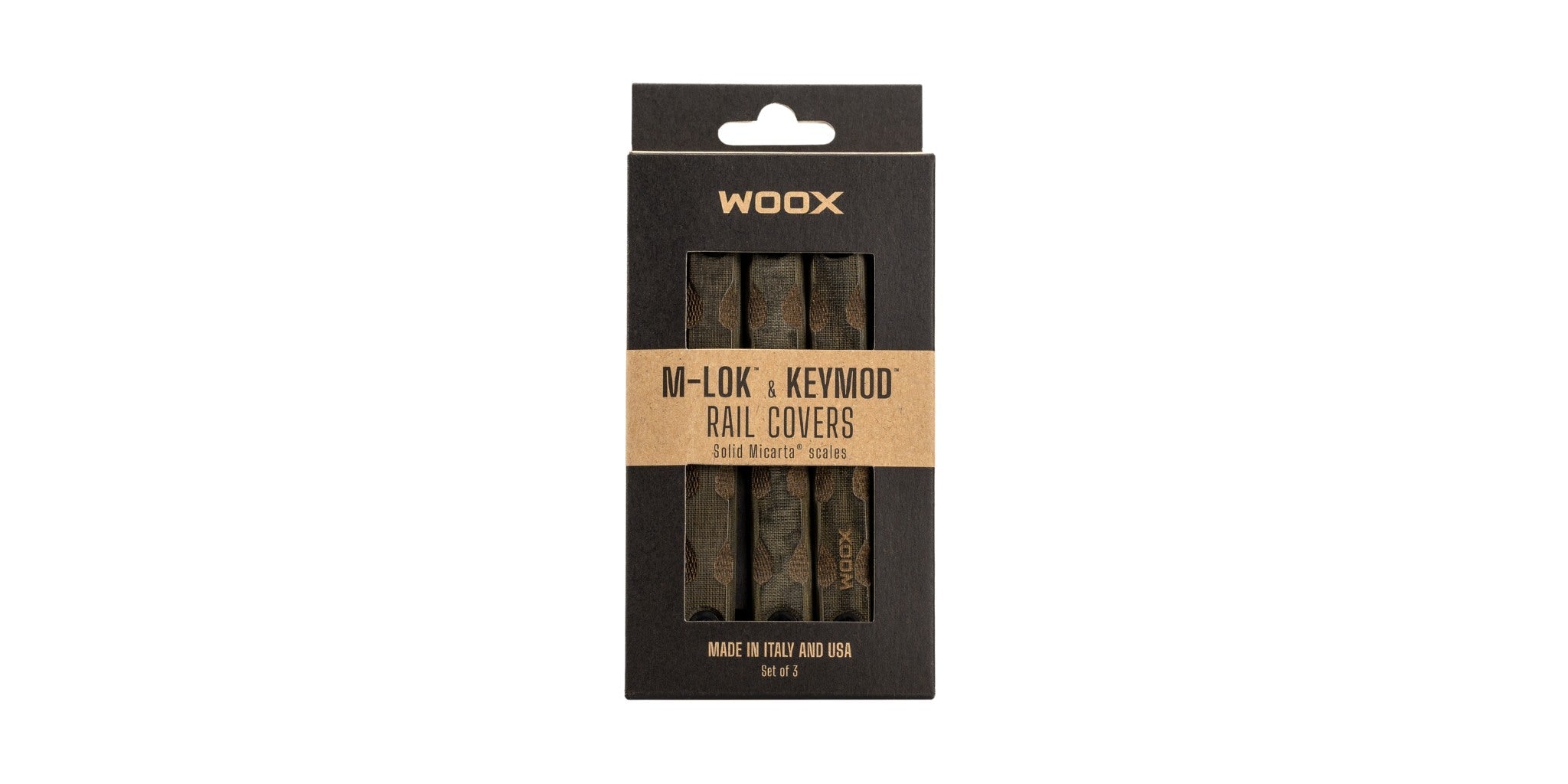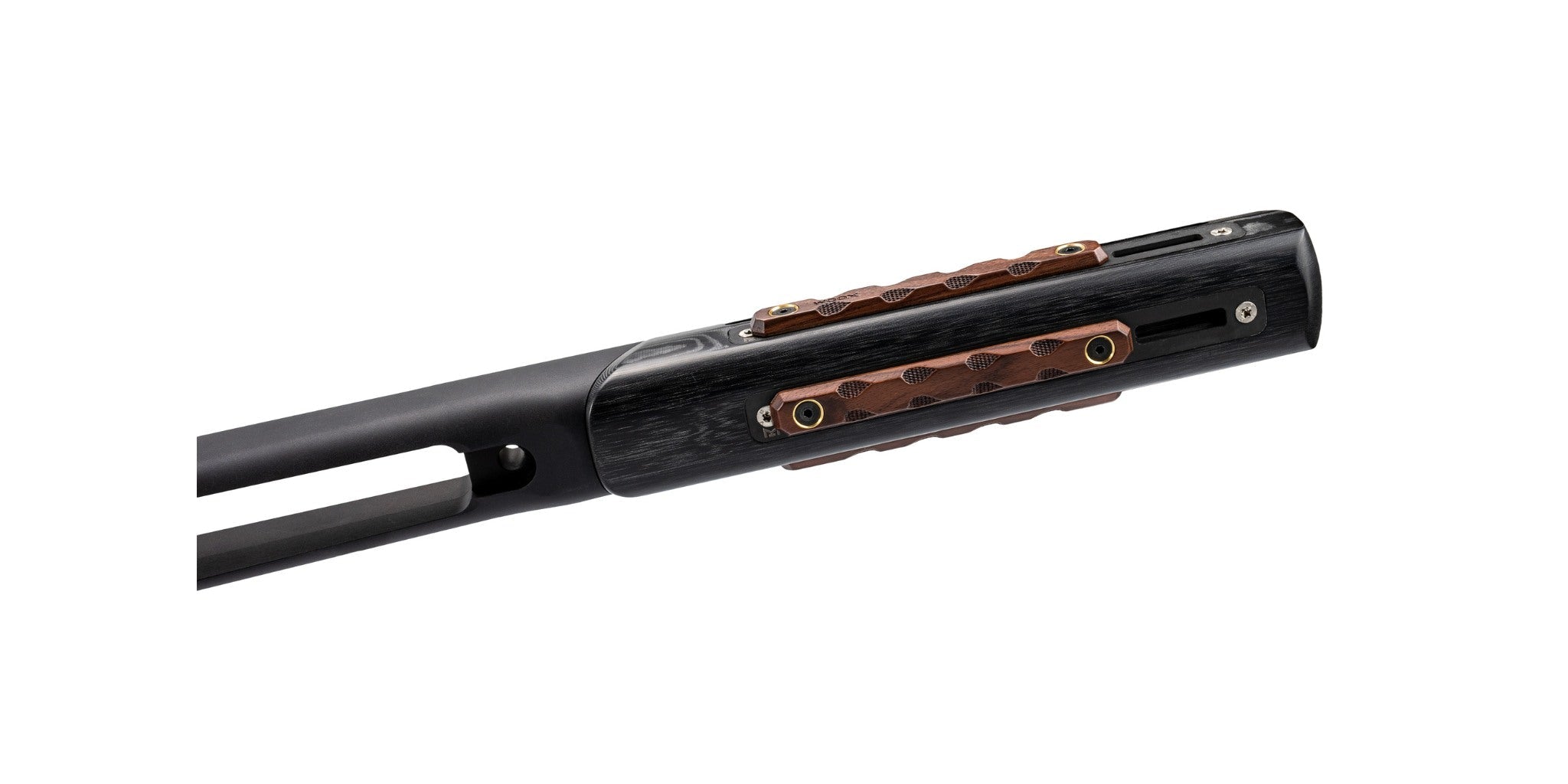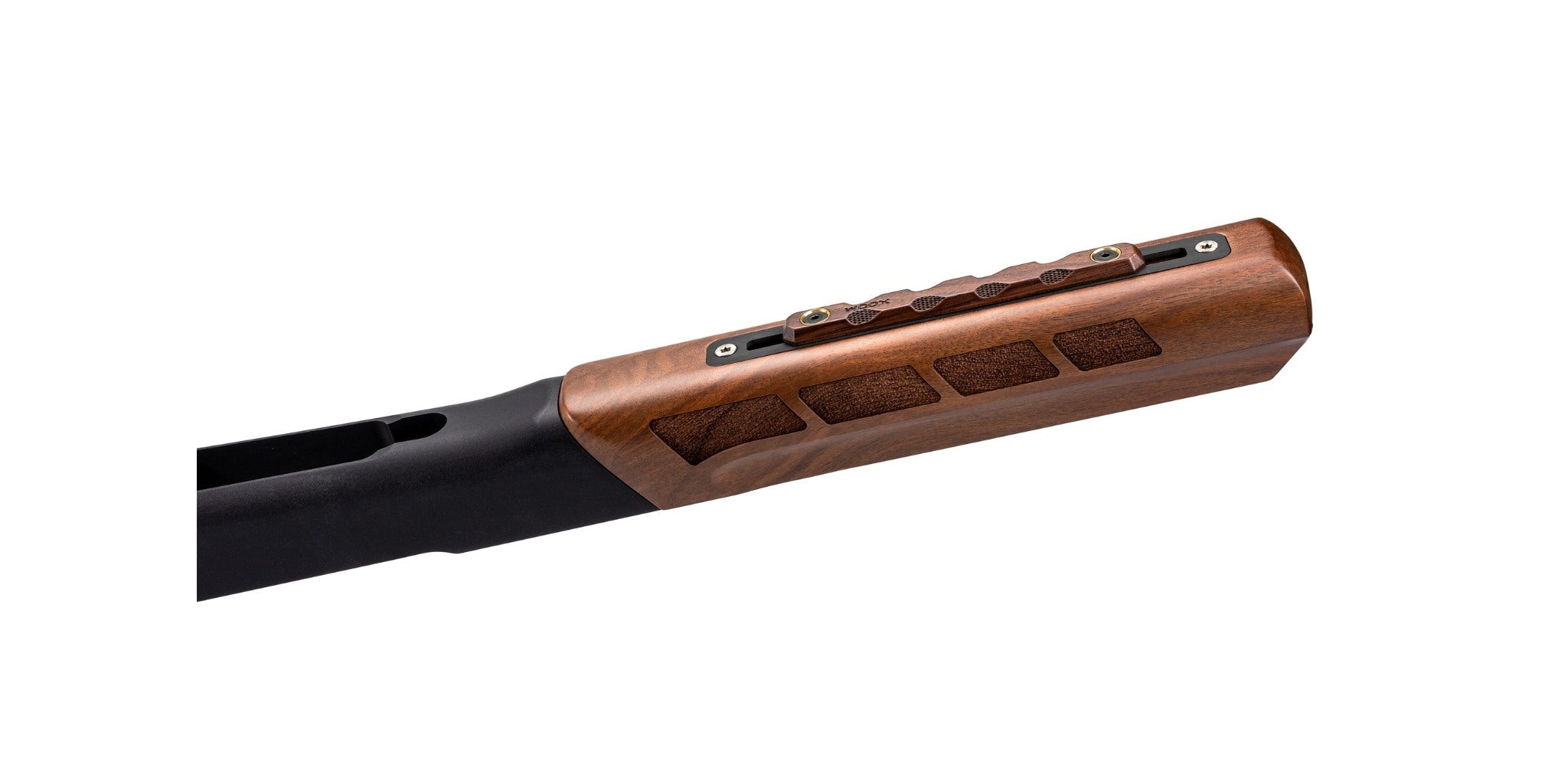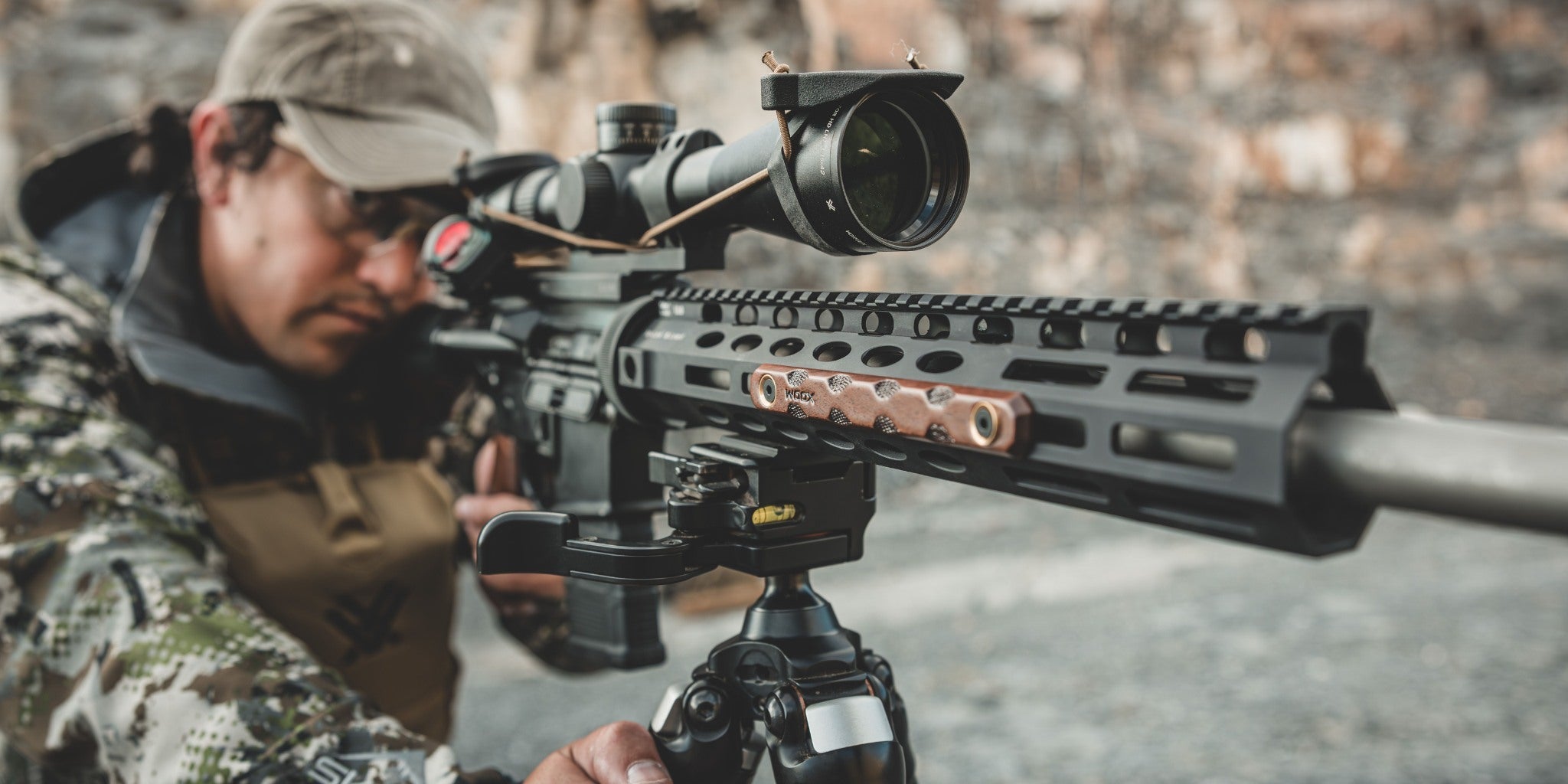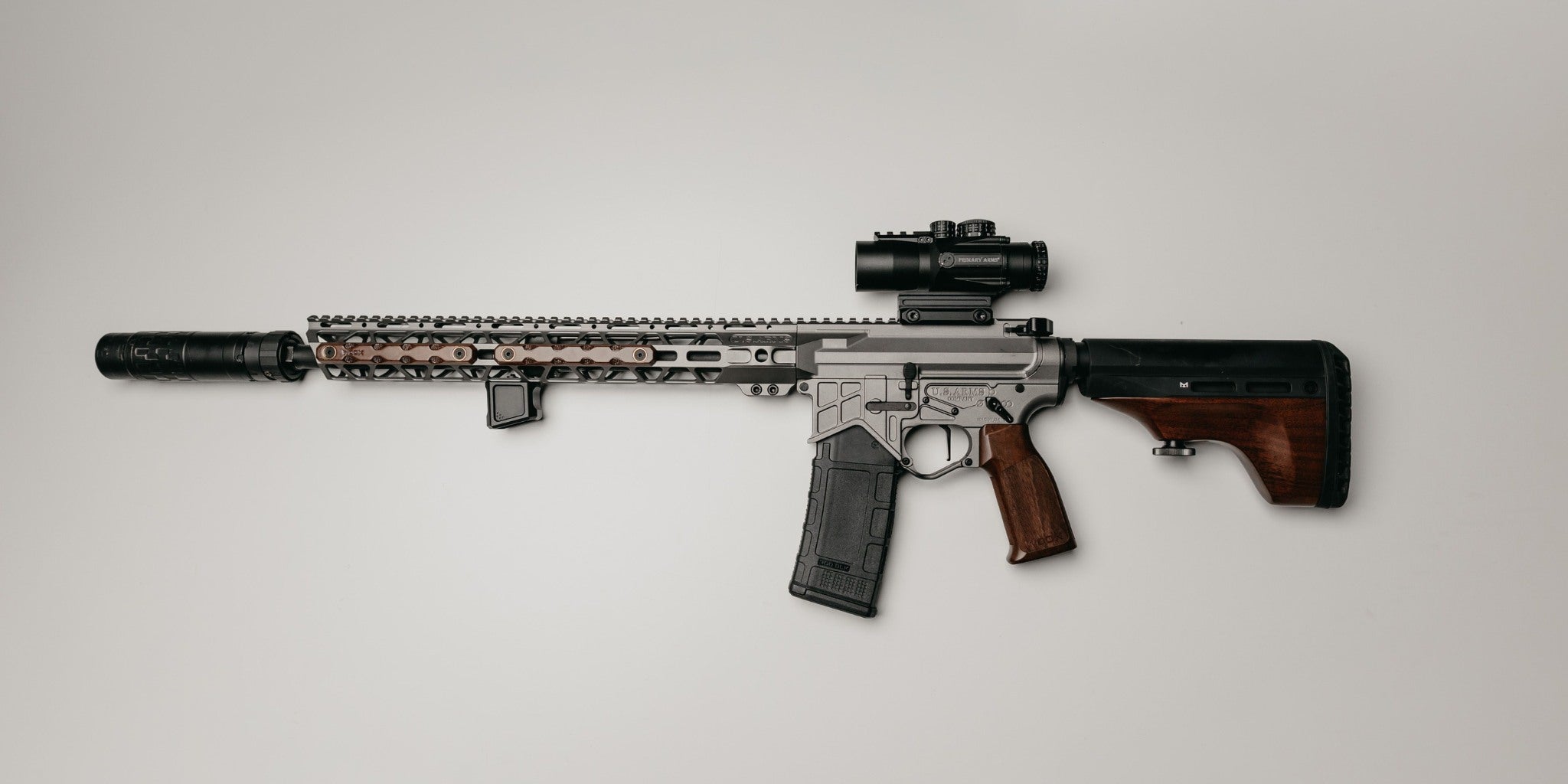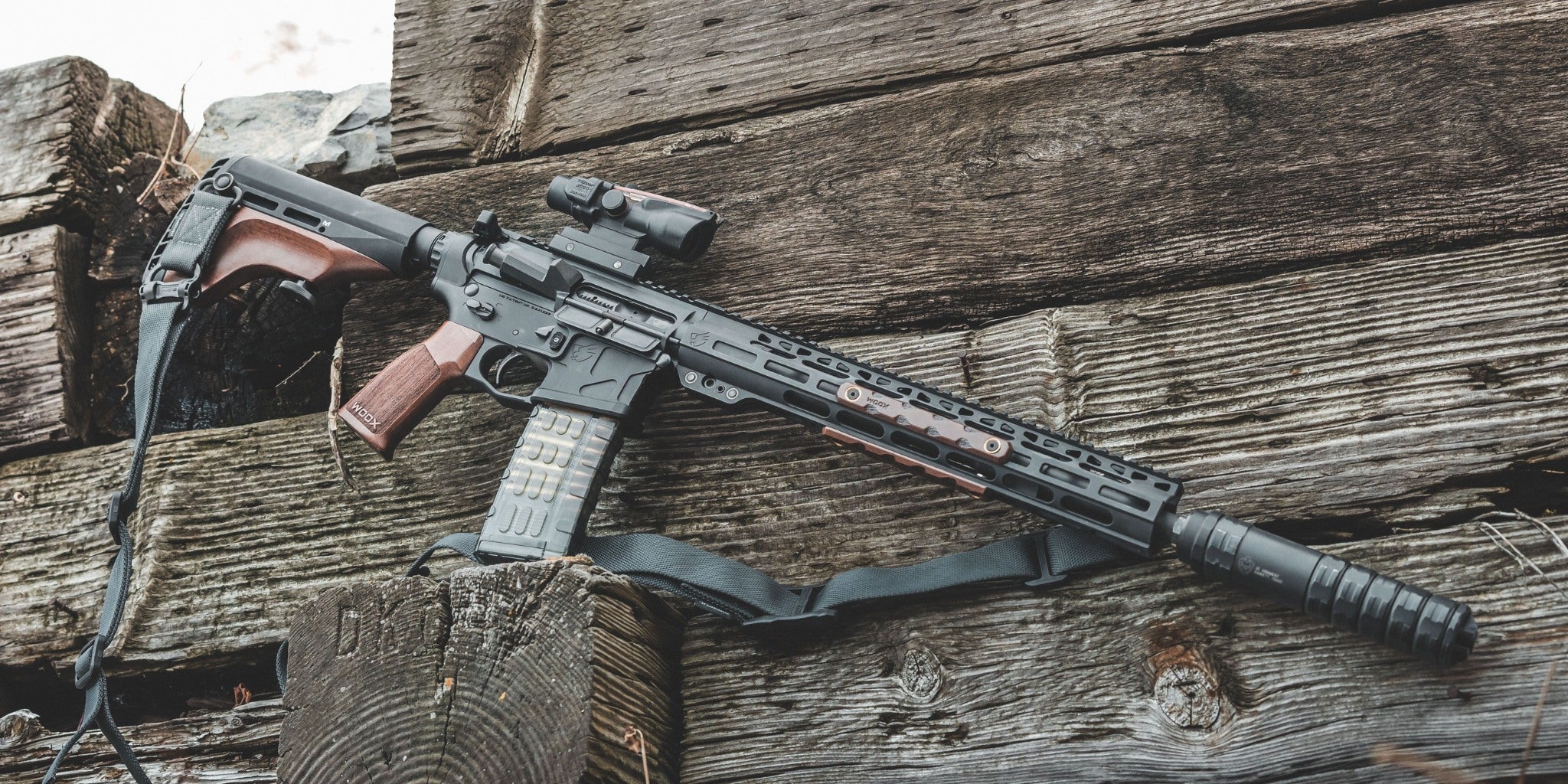Exploring the Picatinny Rail: Design, History, and Application
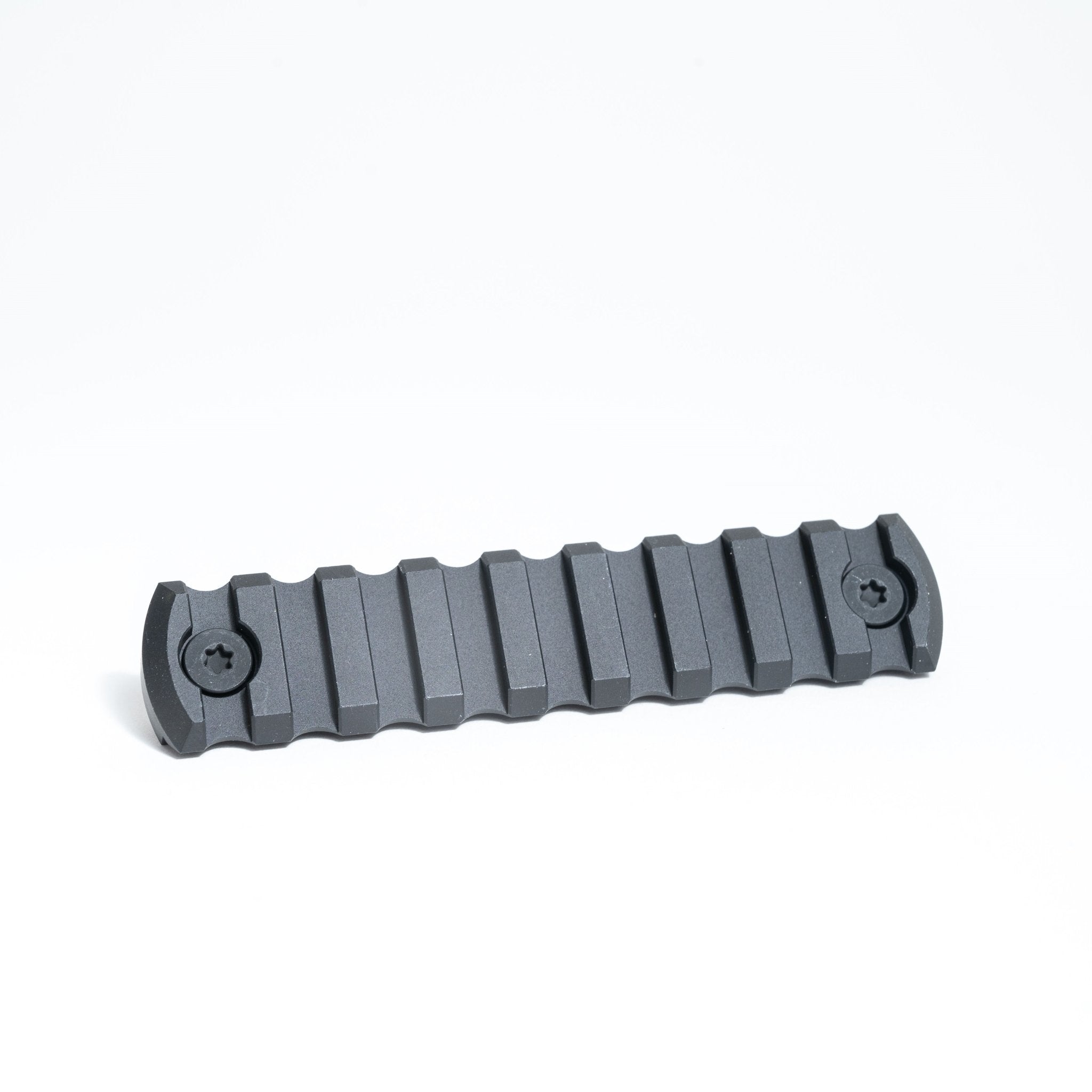
Picatinny rails are a type of mounting platform that are widely used in the firearms industry to attach accessories such as scopes, lasers, and bipods to firearms. The rails were first designed in the late 1980s as a standardized platform that could be used to mount accessories on a wide range of firearms. The design was named after the Picatinny Arsenal in New Jersey where the design was first developed.
PICATINNY RAIL design

Picatinny rails consist of a series of raised ridges that run parallel to the barrel of the firearm. These ridges have a uniform spacing and height, which allows accessories to be easily attached and locked into place.
The rails are typically mounted onto the firearm using screws or other fasteners, and the accessories are attached using clamps or other locking mechanisms.
The design of the Picatinny rail allows for accessories to be quickly and easily mounted or removed, which makes it a popular choice for military and law enforcement use.
Picatinny rails are typically made from aluminum, steel, or a combination of both.
• Aluminum rails are lighter and less expensive than steel rails, but they are also less durable and may not be suitable for heavy use.
• Steel rails are more durable and can withstand heavy use, but they are also heavier and more expensive.
• Some manufacturers also offer rails made from other materials, such as polymer, but these are not as common as aluminum or steel rails.
PICATINNY RAIL History
The Picatinny rail was first developed by the US military in the late 1980s as a way to standardize the mounting of accessories on firearms. Prior to the development of the Picatinny rail, there was no standard platform for mounting accessories on firearms, which meant that each manufacturer had to design their own mounting system. This made it difficult to use accessories from one manufacturer on firearms from another, and it also meant that accessories could only be used on a limited number of firearms.
The Picatinny rail was designed to solve these problems by providing a standard platform that could be used by all manufacturers, and that could be used to mount a wide range of accessories.
Pros
The Picatinny rail has a number of advantages over other mounting platforms. Firstly, the uniform spacing of the ridges allows for accessories to be easily attached and locked into place, which makes it a popular choice for military and law enforcement use.
Secondly, the Picatinny rail is a standardized platform, which means that accessories can be used on a wide range of firearms, regardless of the manufacturer. This makes it easier for users to switch between firearms, or to upgrade their accessories as needed.
Finally, the Picatinny rail is a durable and reliable platform that is able to withstand heavy use, making it a popular choice for demanding applications.
cons
While the Picatinny rail is a popular platform, it does have a few drawbacks. Firstly, the rails can be expensive to manufacture, which makes them more expensive than other mounting platforms.
Secondly, the Picatinny rail can be difficult to install, as it requires precise measurements and careful alignment.
Finally, the Picatinny rail is relatively heavy, which can add weight to the firearm and affect its handling and balance.
How to install the picatinny rail
Installing a Picatinny rail requires a few tools and some basic steps, including:
• Gather tools:You will need a screwdriver or power drill, screw bits, and any other tools specified in the rail's installation instructions.
• Clean the surface: Clean the surface where the rail will be attached to remove any dirt, grease, or oil that could affect the rail's adhesion.
• Align the rail:Place the rail in the desired position and make sure it is aligned with the firearm.
• Secure the rail: Secure the rail to the firearm using screws or other fasteners specified in the rail's installation instructions.
• Tighten the screws or fasteners until the rail is firmly attached to the firearm.
• Test the rail:Once the rail is installed, test it to make sure it is securely attached to the firearm and that it can hold accessories without wobbling.
• Attach accessories: Attach any desired accessories to the Picatinny rail using the appropriate locking mechanism.
It is important to follow the specific instructions provided by the manufacturer of the Picatinny rail and to use the correct tools to ensure a secure and proper installation. If you are unsure about the installation process, it is recommended to seek help from a professional gunsmith.
Exploring Alternatives to Picatinny Rails for Firearm Accessories
Picatinny rails have been the standard for mounting accessories on firearms for many years, but there are several alternatives available for those looking for different options. These alternatives offer different advantages, disadvantages, and compatibility options, depending on the specific needs of the shooter.
• KeyMod Rails: KeyMod rails offer a lighter and more streamlined option compared to Picatinny rails. They feature keyholes rather than slots, allowing for a more modular and customizable mounting system. However, not all accessories are compatible with KeyMod rails.
• M-LOK Rails: M-LOK rails are similar to KeyMod rails, offering a more modular and customizable mounting system. However, M-LOK rails feature slots rather than keyholes, providing a more secure mounting option for accessories. Like KeyMod rails, not all accessories are compatible with M-LOK rails.
Check out our M-LOK™ & KEYMOD™ RAIL COVERS (SET OF 3)
Buy now
• Weaver Rails: Weaver rails are a older option that predates Picatinny rails and offer a more limited range of compatibility with accessories. They feature a two-slot design and are typically found on older firearms or budget-friendly options.
• Dovetail Rails: Dovetail rails are a traditional option for mounting accessories and are commonly found on shotguns and rifles. They feature a tapered design that allows accessories to be mounted by sliding them onto the rail and locking them in place. However, the limited range of compatibility with accessories can be a drawback.
When choosing a rail system, it is important to consider the specific needs and preferences of the shooter, as well as the compatibility with existing accessories. Some accessories may only be compatible with Picatinny rails, while others may be compatible with multiple rail systems. It is recommended to carefully research and compare the various rail options before making a final decision.
In conclusion, the Picatinny rail is a widely used platform that provides a standardized way to mount accessories on firearms. The rails are durable and reliable, and they are a popular choice for military and law enforcement use. However, the rails are also relatively expensive, difficult to install, and heavy, which can be drawbacks for some users. Regardless, the Picatinny rail remains a popular platform for those who need to mount accessories on their firearms.
Keep Reading
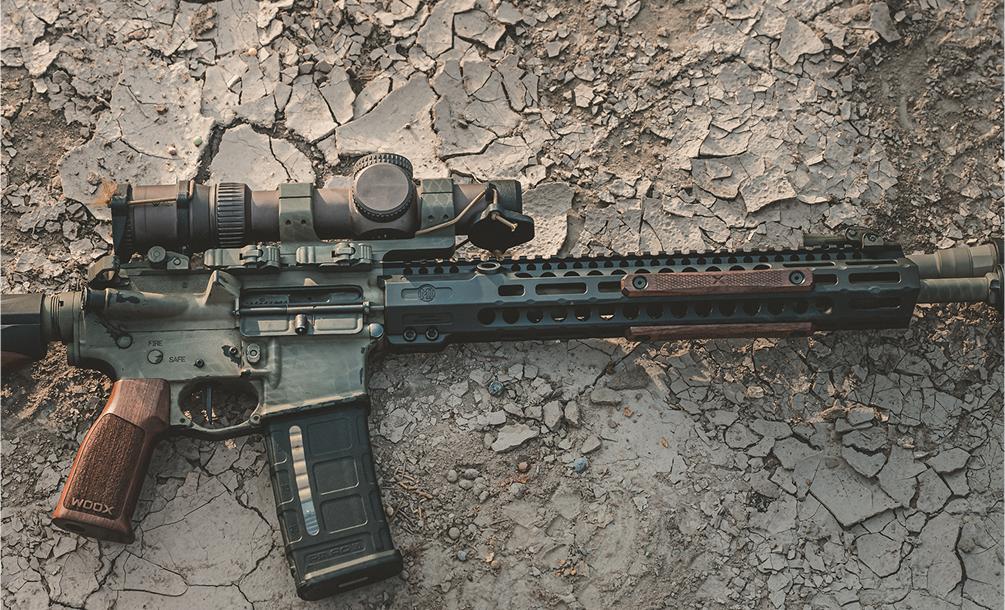
Midwest Industries 16” with WOOX Vigilante
The Vigilante AR build is a no-compromise setup featuring Midwest Industries, Vortex, SureFire, and JK Armament—precision meets purpose in a rifle built to perform anywhere.
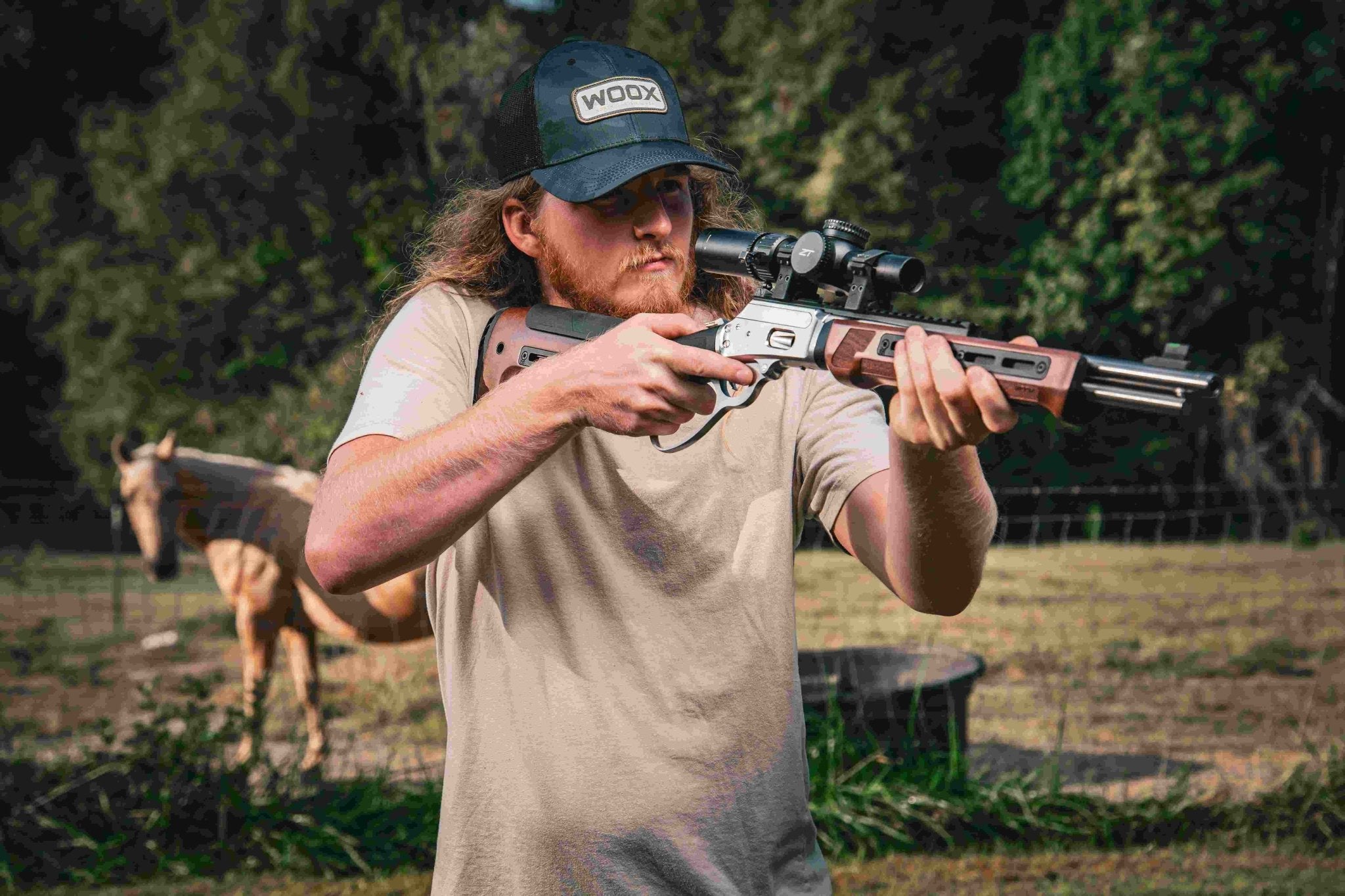
Marlin Build with Bravado : Building a .357 Magnum Lever-Gun Beast
The “Bravado for Marlin” build pairs a compact Marlin 1894 SBL (.357 Magnum) with a practical optic and rock-solid mounts to create a versatile, durable lever-action for real-world use.
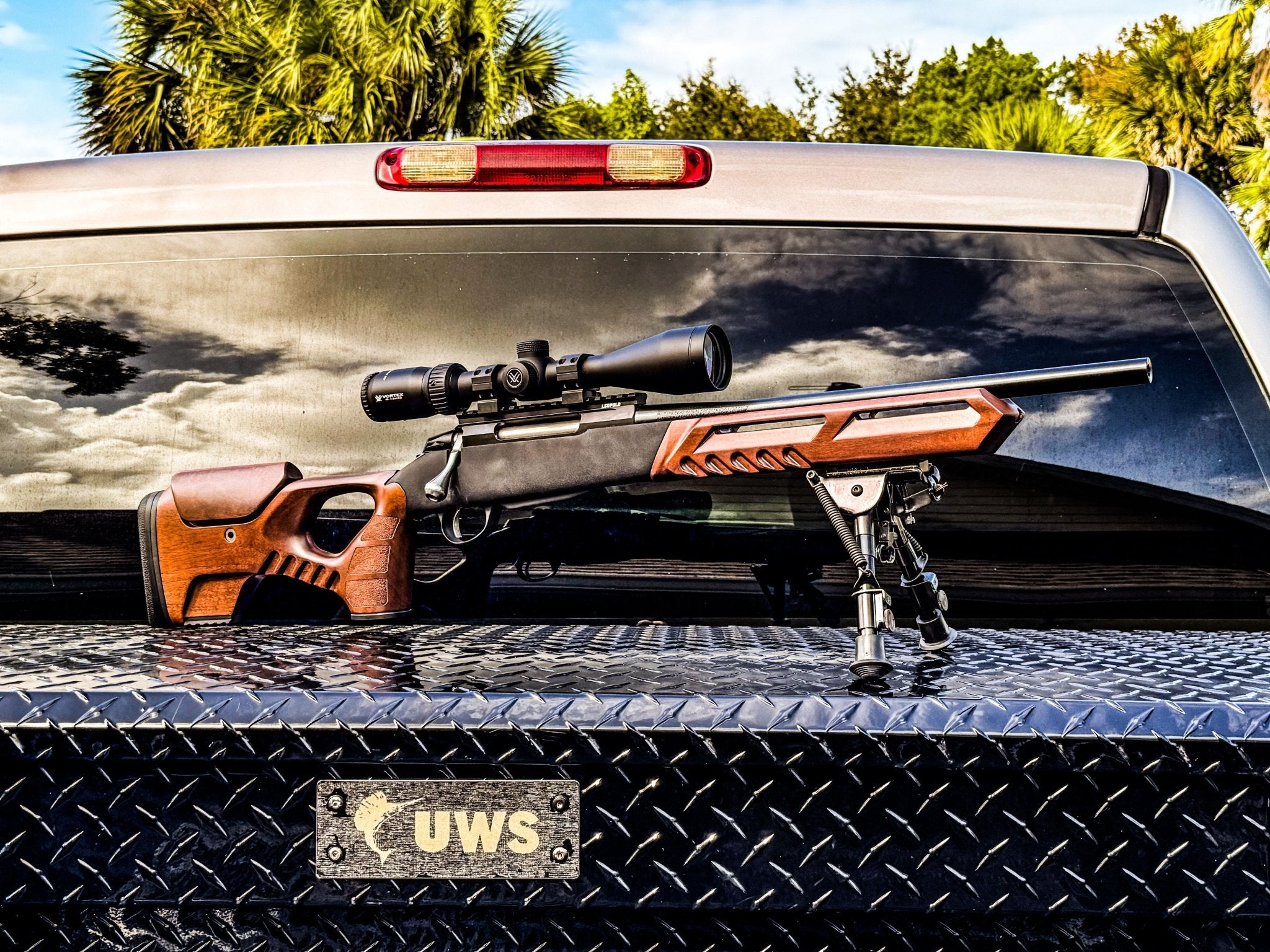
Tikka T3x Hunter 16″ with WOOX Cobra Precision Build
A purpose-driven rifle system blending craftsmanship, precision, and performance—the WOOX Cobra + Tikka T3x Hunter 16″ build is made for the modern outdoorsman.

The Mossberg Maverick 88: A Working-Man’s Shotgun Raised to a Higher Calling
The Mossberg Maverick 88 evolves from rugged workhorse to heirloom-quality shotgun with Gladiatore walnut and aluminum furniture—performance and craftsmanship combined.



